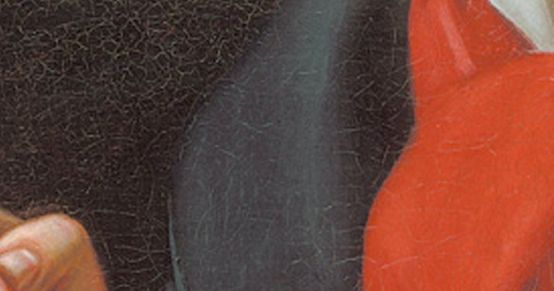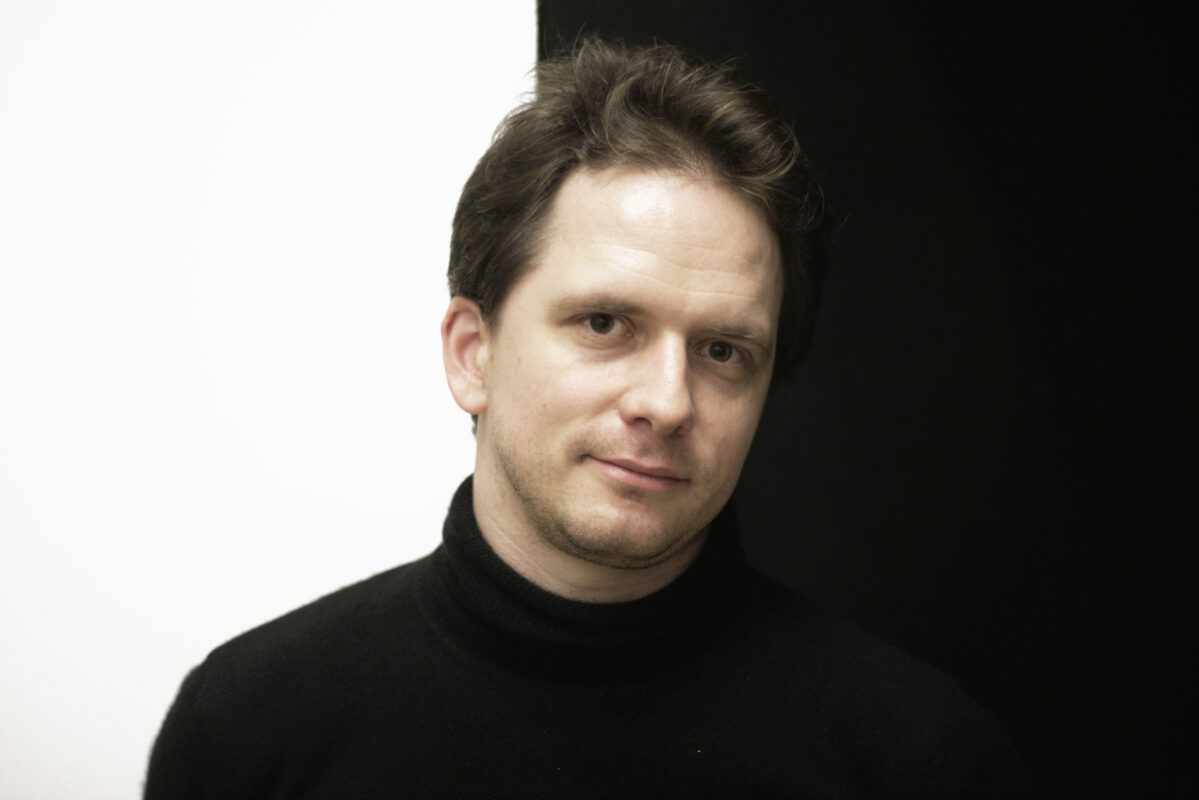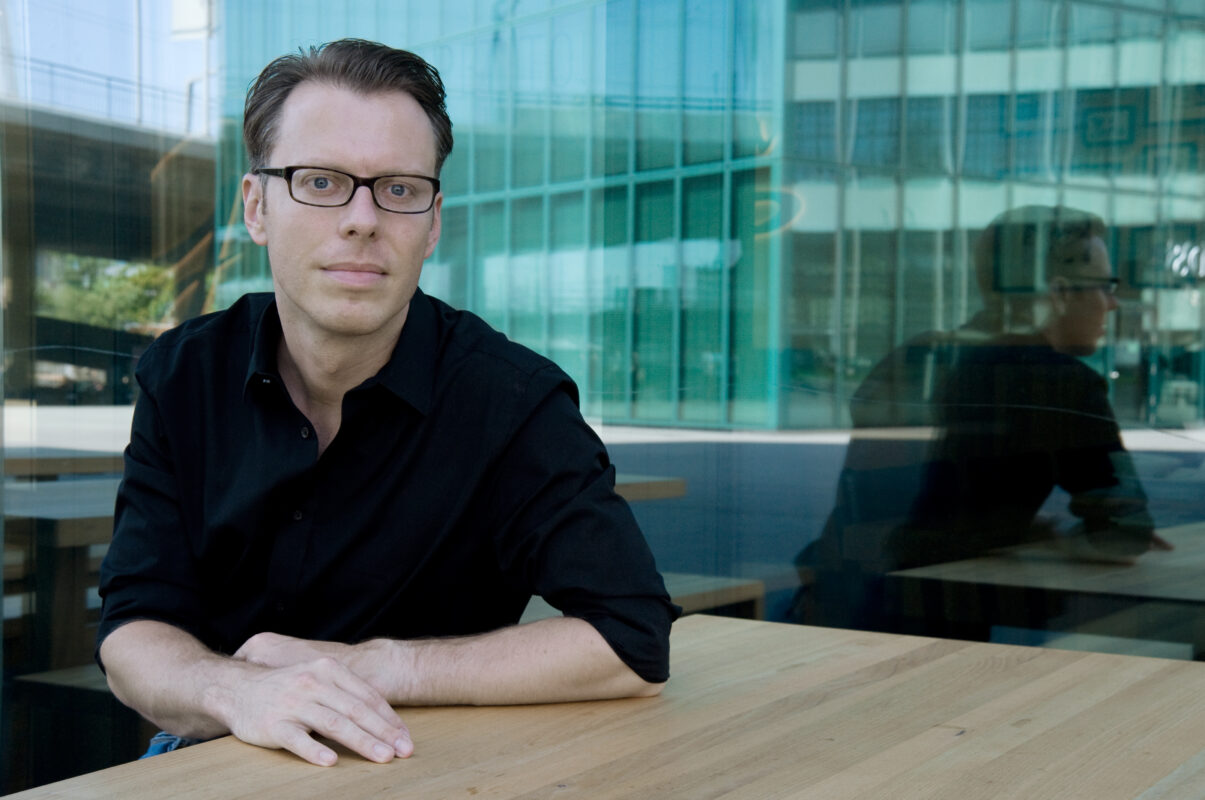Quintet for piano and winds
Every Friday, Beethoven is here. To mark the 250th anniversary of Beethoven's birth, each week the Swiss Music Review takes a look at a different work from his catalog. Today, for the Quintet for piano, oboe, clarinet, horn and bassoon in E flat major.

Count Waldstein imagined and hoped that Beethoven would receive "Mozart's spirit from Haydn's hands" in Vienna. Due to the circumstances (Mozart had died unexpectedly ten months earlier), talk of the Classical Triad began as early as 1792, even before Beethoven had developed his own style. However, this privately imposed appointment before his departure from Bonn enabled Beethoven to quickly manage his own legacy creatively and independently, without always allowing himself to be influenced by a well-meaning Haydn. (It would be much harder for Brahms to bear the burden that Schumann would place on him when he praised him in his essay "Neue Bahnen" published in the Neue Zeitschrift für Musik).
What Waldstein couldn't have known at the time, and what still astonishes us today, is that Beethoven based his Quintet for piano, oboe, clarinet, horn and bassoon in E flat major, Op. 16, which he began writing in Berlin in the spring of 1796, on a work by Mozart. His benchmark is the Piano Quintet K. 452, which Mozart himself described as "the best thing I ever wrote in my life". Not only are the instrumentation, unusual for the time, and the key of E-flat major, comfortable for winds, identical, but also the sequence of movements and the character of the piece. In theAndante cantabileBeethoven pays homage to his model: the theme alludes to "Batti, batti, o bel Masetto" sung by Zerlina in Don Giovanni. The fact that Beethoven not only indulged in fantasies in the cadenzas of his piano concertos, but also put himself forward in other passages, is reported by Ferdinand Ries, following an incident at a Viennese performance of the Piano Quintet: "in the last Allegro, there are several pauses before the theme resumes; in one of them, Beethoven suddenly began to improvise for a while, taking the rondo as his theme, which was not to the liking of his accompanists. They were angry, Mr. Ram[m] was even very upset. For it was really comical to see all these gentlemen, waiting for the moment of the reprise, constantly putting their instruments to their mouths before having to put them down again. Finally, when Beethoven was satisfied, he returned to the rondo, which delighted all present."
Aufnahme auf idagio
Keeping in touch
A weekly newsletter reveals the latest column on line. You can subscribe by entering your e-mail address below, or by subscribing to our RSS feed.








